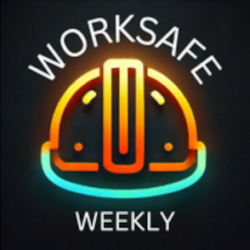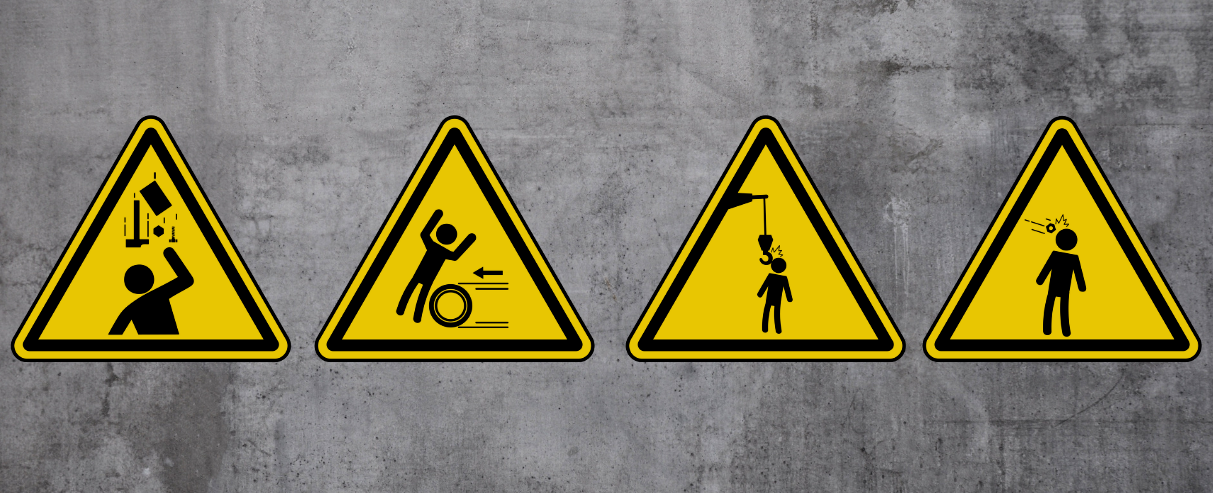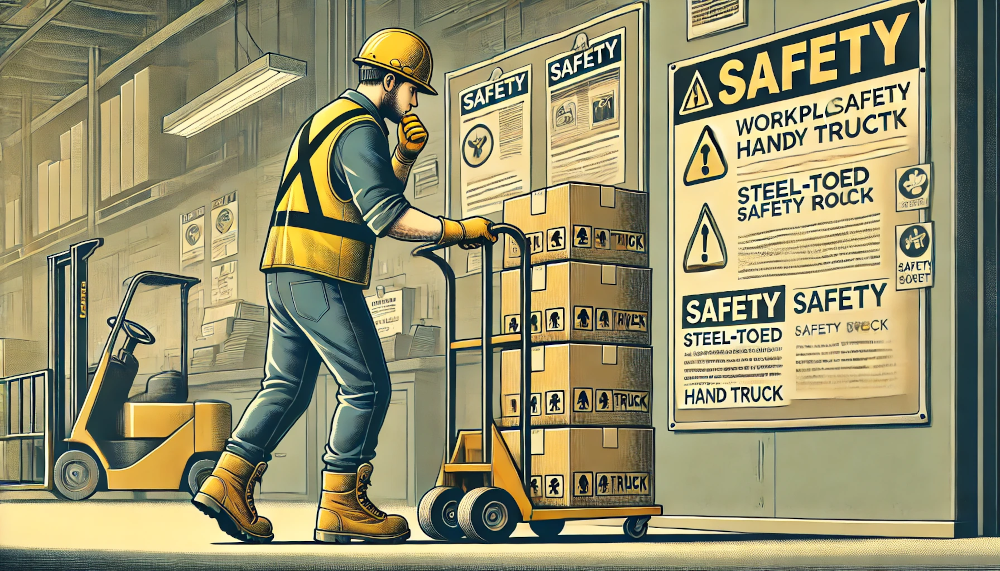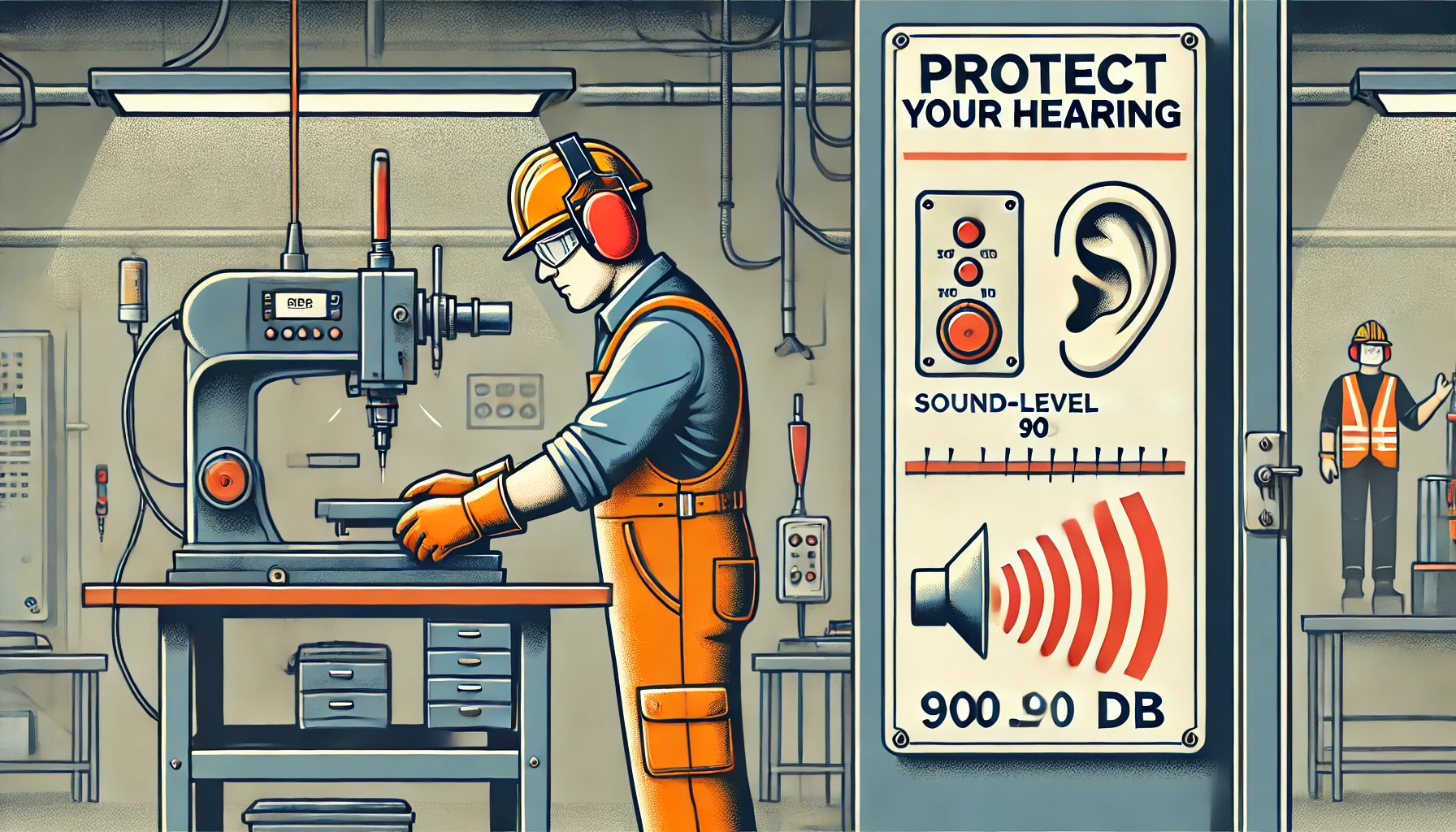The workplace hums along, predictable and rhythmic. Machines operate, workers move with purpose, and materials are handled with precision—until they’re not. The sudden chaos of a falling tool, a forklift reversing unexpectedly, or debris launched from a saw transforms a productive day into a scramble of alarms and injury reports. These are struck-by hazards, and they’re among the most insidious threats in any work environment.
Every year, these hazards claim the lives of up to 700 workers in the U.S., making them the third-leading cause of workplace fatalities. They don’t always announce themselves with grandeur, but their consequences are often catastrophic. A ladder improperly secured, a worker momentarily distracted, or a load not balanced properly—these small lapses create big tragedies.
To understand struck-by hazards is to confront both their mechanics and their contexts: what causes them, how they manifest, and what we can do to prevent them.
Four Faces of Danger
Struck-by hazards present themselves in four primary forms, each shaped by the movement of objects through space:
- Rolling Objects: Picture a forklift backing into an unguarded area or a pallet jack with a mind of its own. Vehicles and equipment with wheels—whether powered or manual—are the primary culprits here.
- Swinging Objects: A beam hanging from a crane sways in the breeze; a chain under tension snaps free. These hazards often involve large, moving loads.
- Falling Objects: Tools, materials, or equipment succumb to gravity. A wrench left on a scaffold edge doesn’t stay there long when bumped.
- Flying Objects: These are the unexpected projectiles—a shard from a grinder, a nail propelled from a gun, or a fragment of metal ejected from machinery.
What binds these categories together is their unpredictability. Even in the safest workplace, they exist as dormant risks, awaiting the right—or wrong—circumstances.
Root Causes: A Study in Oversight
Struck-by hazards rarely stem from a single catastrophic failure. More often, they emerge from a series of oversights, like dominoes tipping over one by one.
- Complacency: The repetitive nature of work can dull a worker’s vigilance. Familiarity breeds comfort, and comfort can blind us to risks.
- Distraction: Whether it’s a phone, a conversation, or the simple drift of the mind, a moment of inattention is all it takes for a hazard to materialize.
- Insufficient Training: Workers can’t navigate risks they haven’t been taught to recognize.
- Poor Housekeeping: An unsecured ladder, a pile of tools left haphazardly on a platform—such negligence gives hazards a foothold.
- Neglect of PPE: A hard hat doesn’t prevent a hazard, but it can turn a severe injury into a minor one. When workers forgo personal protective equipment, they remove their last line of defense.
Building a Safer Workspace
The antidote to struck-by hazards lies not in grand gestures but in deliberate, methodical prevention. Every safeguard, no matter how small, contributes to a culture of safety.
- Situational Awareness: Workers should be trained to look up, down, and around continuously. The environment itself can shift—objects fall, machinery moves, and hazards evolve.
- Regular Inspections: Before use, tools and equipment should be examined for faults. Are guards in place? Are materials secured? Is the equipment safe to operate? These questions save lives.
- Drop Zones: For work at height, create areas where falling tools or materials cannot harm others below. Workers operating below scaffolding or elevated surfaces must be protected.
- PPE as a Standard, Not an Option: Hard hats, goggles, high-visibility vests—these are simple but effective tools. Equip workers not just for compliance, but for survival.
Heavy Machinery: Managing the Giants
In workplaces with forklifts, cranes, and other heavy equipment, the stakes rise dramatically. Struck-by injuries here often result in severe harm or fatalities. For those navigating this high-risk environment, the rules are simple yet non-negotiable:
- Never stand or work under a suspended load.
- Communicate clearly with operators—maintain eye contact when entering their line of work.
- Avoid blind spots, and never assume an operator sees you.
- Secure all loads to prevent unexpected shifts.
Operators, too, must uphold rigorous standards: checking blind spots, using spotters in low-visibility areas, and adhering strictly to safety protocols.
The Hidden Threat of Flying Objects
Flying objects may seem like the least common hazard, but they’re often the most surprising—and devastating. Whether it’s debris from a grinder or fragments from poorly maintained machinery, these incidents happen quickly, leaving no time to react.
Proper training on tool use is essential, as is the requirement for workers to wear face shields and goggles in high-risk areas. Power tools should never be pulled toward the body, and worn or damaged equipment should be immediately replaced.
The Role of Housekeeping
It might seem banal to link safety with tidiness, but good housekeeping is the unsung hero of accident prevention. A cluttered workspace is a breeding ground for hazards.
- Secure tools after use. Don’t let them sit precariously on ledges.
- Stack materials properly. An unstable pile is an invitation for disaster.
- Clear walkways of debris and spills. Trips and slips are among the most preventable causes of injury.
Good housekeeping also fosters a culture of care and accountability. When workers see a clean, organized workspace, they’re more likely to take safety seriously.
The People Factor
Ultimately, no safeguard is more powerful than a workforce committed to safety. Workers must take ownership of their actions—reporting hazards, using equipment responsibly, and watching out for one another. Supervisors play a pivotal role, modeling best practices and ensuring safety remains a priority, not an afterthought.
Safety isn’t a set of policies; it’s a mindset. When workers understand this, struck-by hazards lose their power.
A Closing Thought
Struck-by incidents, for all their danger, are remarkably preventable. The tools exist, the protocols are clear, and the risks are well understood. The challenge lies in execution—in fostering awareness, enforcing standards, and building habits that make safety second nature.
So, pause for a moment. Look at your surroundings. Is there a ladder leaning casually against a wall? A forklift operator focused more on the clock than their surroundings? A tool balanced on the edge of a platform?
The first step in preventing an accident is to see it coming. The second is to act before it’s too late. Because in the end, the goal isn’t just compliance or efficiency—it’s sending everyone home safe at the end of the day.




